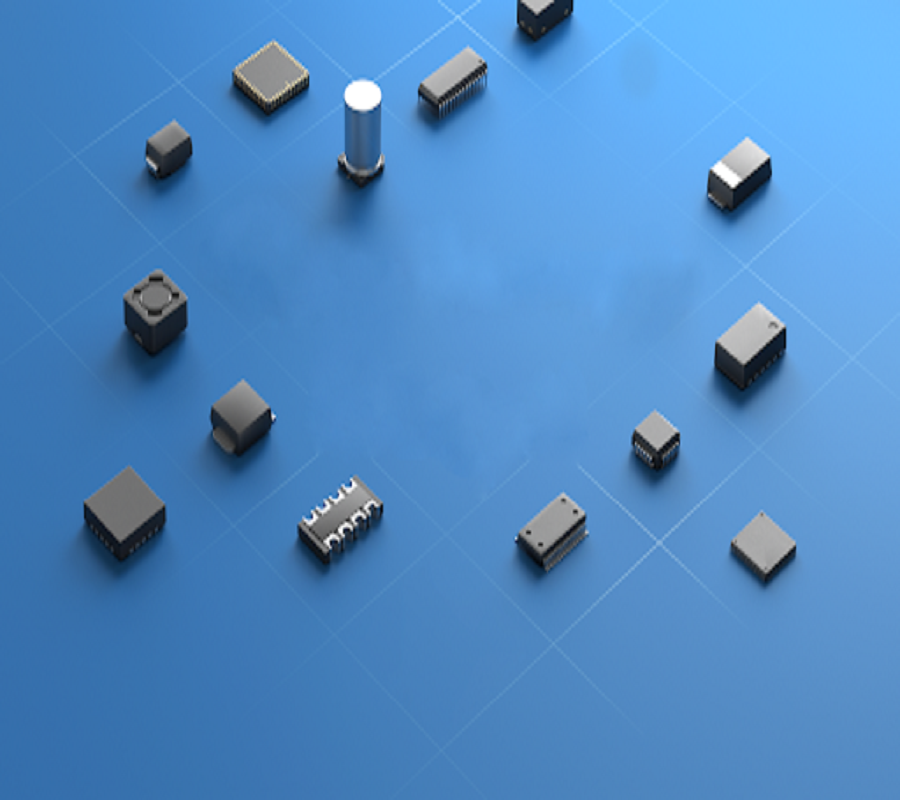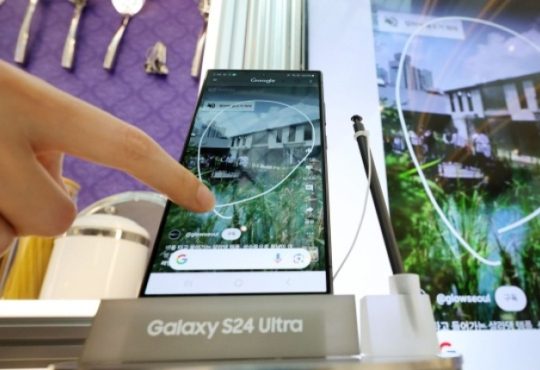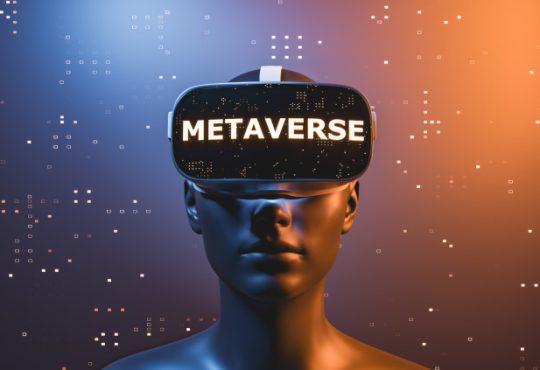
The Half Wave and Full Wave Rectifiers have significant differences. A rectifier converts AC voltage into pulsing DC voltage. A Half- Wave rectifier is an electronic circuit that converts only one-half of the AC cycle into pulsing DC. It utilizes only half of the AC cycle for the conversion process. On the other hand, a Full wave rectifier is an electronic circuit that converts the entire cycle of AC into pulsing DC.
The Half-Wave Rectifier is unidirectional; which means it’ll allow conduction in one direction only. That’s why either it can convert positive half only or negative half only into DC voltage. This is the reason that it’s called Half Wave Rectifier. While a Full wave Rectifier, is bi-directional, it conducts for the positive half as well as the negative half of the cycle. Therefore, it’s nominated as a full wave rectifier.
Content Half Wave and Full Wave Rectifier
- Definition
- Key Differences
- Conclusion
Definition of Half Wave Rectifier
Half Wave Rectifier circuit consists of a single diode and a step-down converter, the high-voltage AC will be converted into low-voltage AC with the help of a step-down converter. After this, a diode connected in the circuit will be forward-biased for the positive half of the AC cycle and will be reversed-biased during the negative half.
When the diode is forward biased, it acts as a short circuit, while when it’s reversed biased it acts as an open circuit. This is because of the connection architecture of the circuit. The P- terminal of the diode is connected to the secondary winding of the converter and N- terminal of the diode is connected to the load resistor.
Thus, the diode conducts during the positive half of the AC cycle. While it’ll not conduct during the negative half of the AC cycle. Therefore, the voltage drop across the load resistor will appear only for the positive half of AC. During the negative half of the AC cycle, we will get zero DC voltage.
Definition of Full Wave Rectifier
Full Wave Rectifier consists of two diodes and one step-down converter which is center tapped. The P- terminal of the diodes is connected to the secondary winding of the converter. The N- terminals of both diodes are connected to the center tapping point of the secondary winding, and they’re also connected to the load terminal.
When the positive half of the AC cycle passes through the converter primary winding, also due to mutual induction the top of the secondary winding becomes positive while the bottom of the secondary winding becomes negative.
The P- terminal of diode D1 is connected to the positive voltage which makes the diode operate in the forward-biased region. At the same time, diode D2 becomes rear-biased, due to the negative voltage at the bottom of the secondary winding.
Thus, for the positive half cycle of AC, only diode D1 conducts, and diode D2 doesn’t conduct. Thus, when the negative half cycle of AC passes through the primary winding of the transformer also due to mutual induction the top of the secondary winding of converter becomes negative and bottom of the secondary windings come positive.
Now, diode D2 will be forward-biased, and diode D1 will be reverse-biased. Therefore, DC voltage will be obtained for the positive half of the AC cycle as well as for the negative half of the AC cycle. Therefore, it’s called full wave as it conducts the full cycle of AC.
Key Differences between Half Wave and Full Wave Rectifiers
The significant key difference between half-wave and full-wave rectifiers is efficiency. Half wave rectifier is a low- efficiency rectifier while a full-wave is a high-efficiency rectifier. Therefore, it’s always better to use full wave when we’re working on a largely effective application.
The center tapping also differs in half-wave and full-wave rectifiers. Half wave rectifier doesn’t require center tapping of the secondary winding of the converter while full wave requires center tapping of the secondary winding of the converter.
The demand for factors varies in Half Wave and Full Wave Rectifier. Full wave requires further electronic components distributor as compared to half wave. Therefore, a full-wave rectifier is expensive as compared to a half-wave. Full wave requires double the number of diodes.
The losses due to saturation of the DC core in half-wave and full-wave rectifiers also produce a significant difference. The half wave possesses DC saturation of the core, but this problem can be overcome in the full wave circuit.
The full wave circuitry doesn’t possess DC saturation of the transformer core because the current in the secondary winding overflows in two halves of the secondary winding of the transformer and in opposite directions.
Conclusion
A rectifier is a crucial element in various electronic circuits. This is because utmost of electronic circuits operate on low voltage DC and it’s economical to supply power in the form of AC. therefore, we need a device that can convert AC to DC. A rectifier is a device that converts AC voltage into Pulsating DC voltage.
The pulsating DC voltage consists of AC ripples with DC voltage. Therefore, it’s called Pulsating DC voltage. The half-wave rectifier converts the half cycle of AC into pulsating DC while the full wave converts the full cycle into pulsating DC.
Our selection for half-wave and full-wave rectifiers should be grounded upon the requirements. If we require a low-cost device and if you can compromise with effectiveness also use half wave. But if you’re working on some specific circuit designing that requires largely effective conversion of AC to DC also use full wave, keeping in mind its circuit complexity and high cost.
What Is Semiconductor and Why Is Everyone Talking About It?
What’s a semiconductor?
A semiconductor can be defined as a substance with the properties of a conductor and an insulator both.
It can conduct electricity under certain circumstances but not always. The specifics and properties of a semiconductor make it a good medium to use electricity in a controlled manner as and where needed.
So, we can say that a semiconductor is a material that has electrical conductivity lesser than an insulator but lower than a conductor.
Semiconductors mainly give electrical conductivity between a conductor and an insulator. These are used in the manufacturing of electronic devices, cloud servers, smartphones, industrial automation, defense systems, or vital structure.
Types of Semiconductors
Semiconductors come in two main types based on the elements that are included alongside silicon, a process known as” doping.” These” impurities” are introduced to the liquid silicon to alter the properties of the finished semiconductor
- N- Type Semiconductor
- P-Type Semiconductor
What Is an N-Type Semiconductor?
An n-type semiconductor is an impurity-mixed semiconductor that uses pentavalent impure atoms like phosphorus, arsenic, antimony, and bismuth.
What Is a P-Type Semiconductor?
A p-type semiconductor is a type of external semiconductor that contains trivalent impurities similar to boron and aluminum which increases the position of conductivity of a normal semiconductor made purely of silicon.
The Semiconductors Industry
The world is now in a completely automated mode, where the daily designs of simple to complex components are having phenomenal changes. Though we’re impressed by the external picture of the final product, a lot of intricacies go into the modulation of some of the simplest devices. These small yet largely essential products are supplied by electronic component providers who understand the nitty-gritty of the products from a pin to gigantic industrial machines and assort the most complete details that can insure a 100 percent success rate. The Indian electronic market points out the substance for safety and security in almost every electric domain, fuelling the demand for electronic components that has eventually translated into an economic opportunity for dealers,
India is the second largest electronics component distributor in the world and has a huge demand for electronics components from consumer electronics manufacturers. Increased demand for components has given birth to online component distribution and supply in the market. There are some major players in the distribution industry which claim to have 50 Lakh products available online from top manufacturers worldwide. Mouser, Digi key, and RS Components are the leading players which hold the top position in the list of online electronics component suppliers in India.




